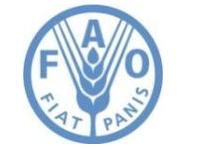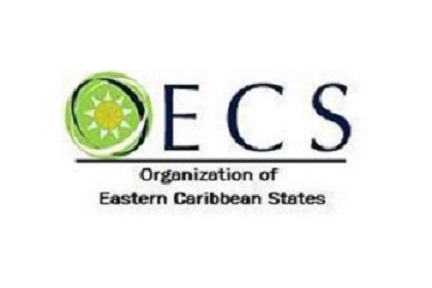Plant breeding has been used to improve the quality of nutrients in products for animals and humans. Plant breeding is based on phenotyping. Phenotyping is the result of all the micro-and mega environments encountered during the life span of a plant and the genome of a stationary plan.
Genetics plays a major role in plant breeding as it is the application of recombinant DNA, bioinformatics to sequence, DNA sequencing methods, analyzing, and assembling the function and structure of genomes. Plant breeding methods can be broken down into three categories.
- Plant breeding is based on observed variation by a selection of plants based on natural variants appearing in nature or within traditional varieties.
- Plant breeding is based on controlled mating by a selection of plants presenting recombination of desirable genes from different plants and
- Plant breeding is based on monitored recombination by a selection of specific genes or marker profiles, using molecular tools for tracking within-genome variation.
In-plant breeding, irradiation can be used to induce mutations in plants with the goal to produce varieties. These varieties of plants can be of improved product quality, have yield stability and higher yields, greater resistance to environmental stresses like plant pests and diseases as well as climate change.
Successful plant breeding has produced reductions in agricultural-related pollution, which reduces the use of pesticides and herbicides that can harm the environment. More affordable prices for fruits and vegetables would mean healthier humans and a decrease in spending that would affect household livelihoods.
Read more from our sources below!
Source:
USDA – Plant Breeding
ACS – Traditional and Modern Plant Breeding Methods with Examples in Rice (Oryza sativa L.)
Frontiers – Phenotyping and Plant Breeding: Overcoming the Barriers
IAEA – Plant Breeding
Rewrite. Include an intro on the uses of plant breeding, then bring in the technical points.













